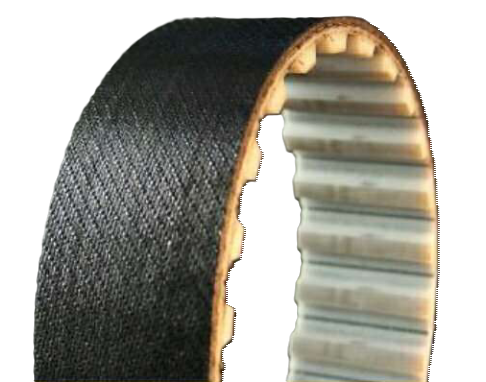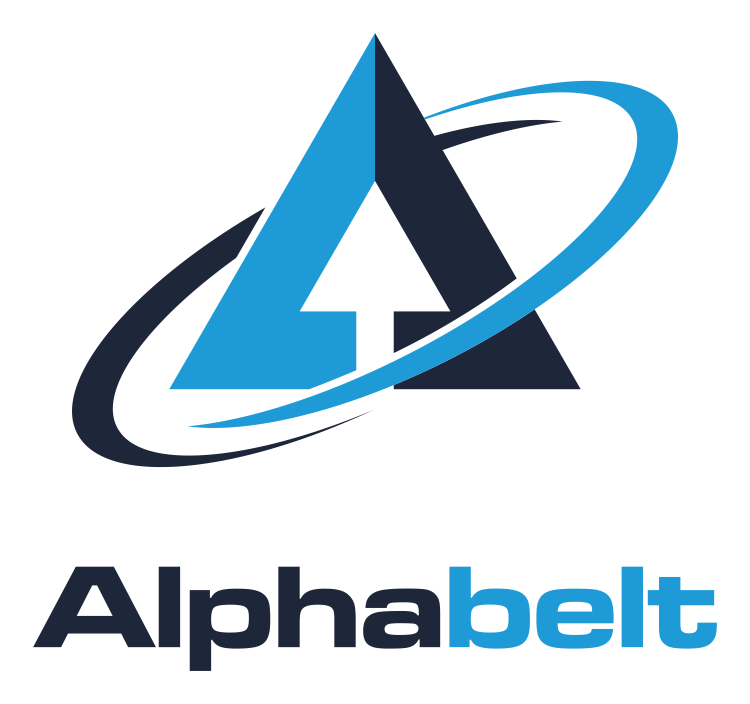Antistatic coatings
How to effectively prevent static charge on conveyor belts

Antistatic coatings
How to effectively prevent static charge on conveyor belts
Everyone has probably received a mild electric shock at some point, whether it's when touching a door handle, getting out of a car, or even just shaking someone's hand. While the effects of electrostatic charge are perceived as unpleasant at most in everyday life, they can certainly cause considerable damage in industrial applications.
But how does electrostatic charge actually occur? Why can it not only be problematic, but even dangerous? And how can it be reliably prevented?
How does electrostatic charge occur?
Electrostatic charging occurs when electrical charge is transferred from one object to another through contact or friction. In the initial state, both objects are in an electrically neutral state. If they come into contact with each other and are subsequently separated again, or if friction occurs at the contact surface, electrons are torn out of the surface atoms of one substance and absorbed by those of the other. One object is now positively charged, the other negatively charged.
During the operation of timing belts and conveyors, there is constant contact and separation of surfaces, for example between the drive pulley and the belt or between the conveyor and the material being transported. The strength of the static charge depends on various factors. These include the belt speed, the pretension and the size of the surfaces in contact, but also, of course, the materials from which timing belts, timing pulleys, idlers and tension pulleys are made.
The lower the electrical conductivity of a material, the easier it is for electrical charge to accumulate on its surface through friction or contact. Therefore, components made of plastics, which by their nature have a very low electrical conductivity, are particularly susceptible to static charging. Typical causes of electrostatic charging are, for example, friction between the conveyor belt and the material being transported, especially in accumulation mode, or the separation of two films, as is the case when a film is pulled off the reel, for example on form-fill-seal machines.
What are the undesired effects or hazards of static charge?
Here are some of the undesirable effects on the operation of production and transportation equipment that can occur in relation with electrostatic charging:
- Statically charged surfaces attract dust and dirt particles. They become dirty more quickly and are more difficult to clean. This impairs the product quality of the conveyed goods. This effect is particularly problematic in areas where maximum cleanliness is essential, such as in the pharmaceutical industry.
- Oppositely charged surfaces attract each other. Foil webs can stick together as a result and can no longer be processed without problems. The conveyed material sticks to the conveyor belt and travels roundabout. Individual parts stick together and are difficult to process further.
- If electronic components are transported on a statically charged belt, they can be damaged by static discharges or compensating currents. In the case of particularly sensitive components, changes in the field strength are sufficient to impair the function of the parts unnoticed. The affected parts then continue to function for a certain time, but have only a fraction of their normal service life.
- If high electrostatic charges on the plant components cause spontaneous discharges, this can damage parts of the plant, such as bearings in rollers. This increases wear and maintenance costs.
- High electrostatic charges on the conveyor or the transported material can be life-threatening if discharged over a person's body.
- In explosive environments, there is a hazard of fire and explosion in the event of uncontrolled discharge with sparking.
How can static charging of timing belts and conveyors be prevented by a suitable coating?
In areas where electrostatic charging is undesirable or impermissible, it must be avoided by using suitable antistatic materials. Antistatic materials are characterized by increased electrical conductivity, which allows static charges to be safely dissipated in combination with grounding measures. According to DIN EN ISO 284 (formerly DIN 22104) "Conveyor belts - Electrical conductivity - Specification and test method", the surface resistance must be less than 300 MΩ (3x10^8 Ω) so that no charge can accumulate on the surface of a conveyor belt.
Timing belts and conveyors are usually made of polymers, which have a higher electrical insulation resistance. To obtain antistatic properties, they must be equipped on all sides with an electrically conductive coating that meets the values required by the norm. A special black PA fabric that can be applied to both the tooth and back sides of the belts (PAZ/PAR) is well suited for this purpose. In addition to its electrical conductivity, it is also characterized by a fine surface structure, low adhesion forces and good abrasion resistance and can therefore also be used for accumulation mode. Alternatively, an antistatic rubber compound is available as a coating material, which even achieves resistance values below 1 MΩ (10^6 Ω). Depending on the application, it is also possible to use a special conductive PU compound as the material for the base belt.
How can antistatic properties be ensured even during longer periods of operation?
Due to wear, the conductivity of the coating can decrease over time during operation. Therefore, a regular check of the resistance values is advisable. The surface resistance is measured using a digital high-ohmmeter in accordance with DIN EN 61 340-2-3 ("Methods of test for determining the resistance and resistivity of solid materials used to avoid electrostatic charge accumulation") and DIN EN 61 340-4-1 ("Standard test methods for specific applications"). Upon request, we will provide you with a measurement protocol.
As a specialist for the refinement of timing belts, we will be happy to advise you on your specific application. Just contact us, we look forward to your inquiry!
Contact

